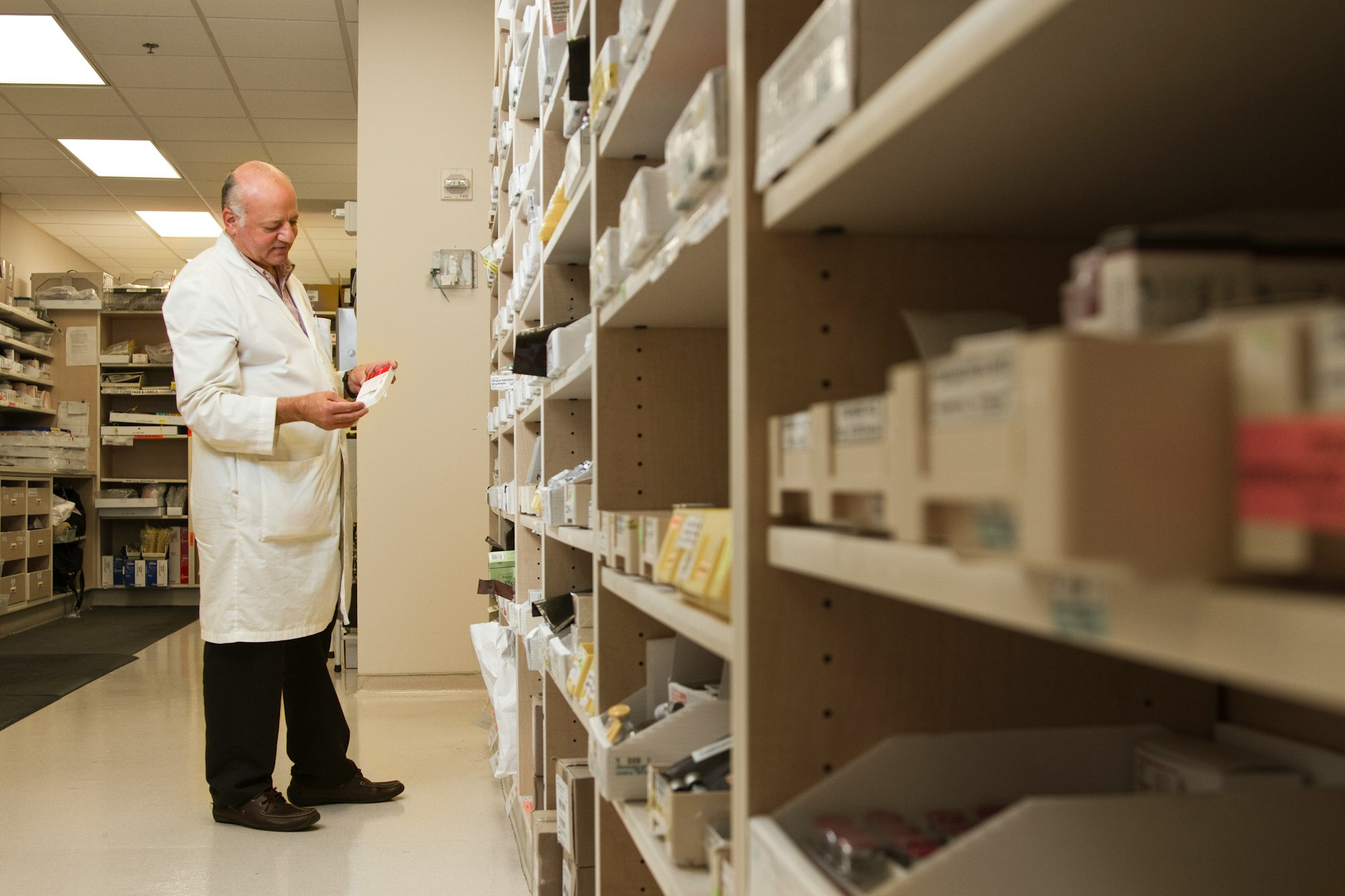Pharmaceutical sector in the retail industry: challenges and opportunities.

To avoid problems, companies and laboratories should worry about investing in systems and solutions that help them to know exactly the stock of medicines. In addition to being able to predict demand, achieving an accurate forecast, which allows supply chains to anticipate orders.
People's health is essential and a mistake may not be reversed. This is why the companies and laboratories that make a living in the health sector must be more careful than any other store or point of sale in terms of stock and storage. Consumers know that a compromised supply chain puts the quality and efficacy of medicines at risk, therefore, they seek guarantees of their authenticity and this is where the retail industry must be aligned.
On this occasion, we want to tell you about the challenges and opportunities that the pharmaceutical sector faces within the retail industry. Keep reading...

Pharmaceutical retail has various regulations, mainly for health-related issues. These aspects can represent limitations in the merchandising efforts of the brands, from the way in which the products are displayed, as well as to carry out boarding, tasting, etc. Likewise, consumers do not switch from one brand to another very easily, since not only the number of options they have influences, but also factors outside the store such as prescriptions and medical recommendations.
Another of the challenges that this channel faces is shrinkage, since this type of product is very susceptible to theft or damage, in the case of free display products. On the contrary, when brands choose to display their products in acrylic boxes, this influences the purchase decision, since there are studies that show that the ease of access to the product is directly related to the fact of choosing it.
Finally, pharmaceutical retailers must adjust to seasonality, since a large percentage of these products have very marked seasonality.
On the other hand, given these challenges, various opportunities arise to take advantage of the point of sale. Something that should be considered are support materials and training for health professionals, since they are the ones who will recommend the product. Knowledge and intelligence must also be generated about the different aspects of the store, such as the type of best-selling products, the average purchase ticket, the type of customer, among other data. The external and internal location is also a relevant aspect. On the one hand, geomarketing strategies must be developed so as not to lose the concept of closeness that the shopper is looking for; on the other, you must take advantage of the interior space, such as choosing where and what products will be at the consumer's hand.
Lastly, alliances will play a key role in the brand strategies of retailers and brands, since drug companies can ally themselves with supermarkets to generate joint campaigns; At the same time, supermarkets can use marketplace services to expand their reach.
The digital economy, and specifically digital platforms, have reshaped relationships between retailers and customers or between workers and employers. Likewise, the consumer has also changed, and they expect much more from a pharmacy: they crave a place where they can have everything from health tests to anti-wrinkle creams to shower gels. The new consumer expects the pharmacy to become a polyhedral place, where not only medicines are sold but also health care services and nutritional products, glasses, cosmetics and a long etcetera.
Today it is not enough to have perfect pharmacies and customer service; it is necessary to have as much information as possible to better understand consumers, both what they need and even what they want but do not yet know what they want. Correct information will allow us to interact much better with consumers and exceed their expectations of us. Modern retail is no longer physical, but hybrid, a place where the physical and the digital are tied. Today consumers are not purely physical or digital; they are hybrid consumers who interact with brands and retailers from many channels, and that generates oceans of information. Today, more than ever, information is the key.
3 key points to take advantage of the POS:
- Map primary and secondary exhibition spaces for each chain; identify the most relevant spaces in the store, either because of the traffic of people or the visibility they have, for example.
- Understand the reasons for purchase and the differences between chain pharmacies and self-service pharmacies, as well as traditional and convenience pharmacies, to take advantage of each format and offer presentations according to each one.
- Know the skills of the staff, which must be highly specialized to deal with health professionals and resolve buyers' doubts.
Until now, technology in retail has served to have more information about customers. Currently, it also serves to create memorable customer experiences. Today the overwhelming majority of consumers are digital. Don't forget to include QuartzSales in your trade marketing strategy and get the boost you need for your POS.
If you liked this article, do not forget to subscribe to our blog.
Follow us on Instagram @quartzsales
LinkedIn QuartzSales
Until next time! ;)

